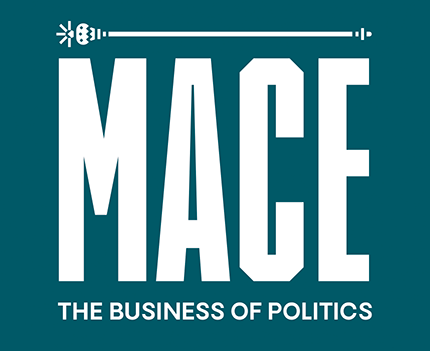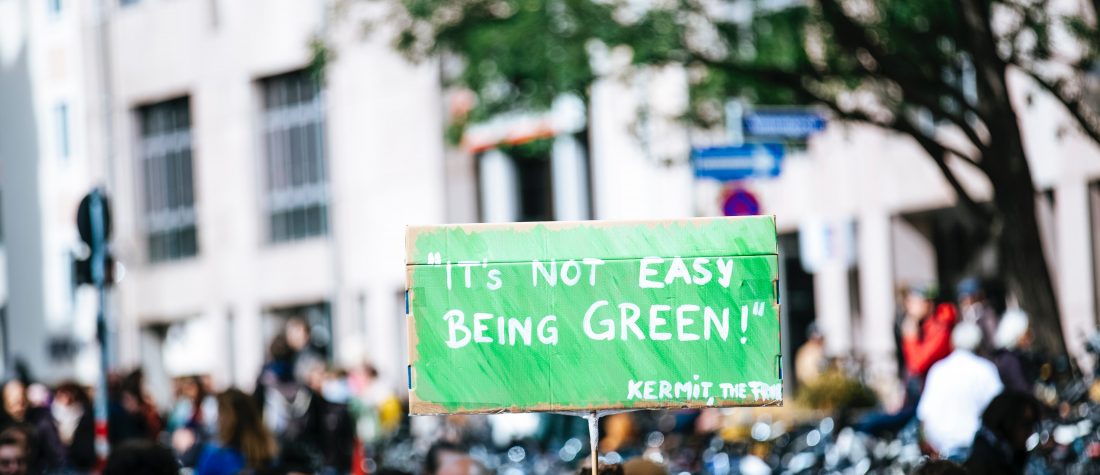Earlier this year, natural disasters from wildfires, floods and heat waves left hundreds dead and ruined thousands of homes across the world. Now a spike in gas prices is the newest threat to Europeans’ livelihoods.
In Britain, the business secretary Kwasi Kwarteng sought to reassure the public, promising that “the lights will not go out”. On one level he is right: gas supplies will not dry up. But unaffordable prices will force thousands of people to switch off the lights themselves and – more dangerously – turn off the heating too. October will see a 12 per cent rise in bills in England. In Northern Ireland, the rise will be between 21.8 per cent and 35 per cent.
The situation is the same across the continent. German households face an 11.5 per cent rise in gas bills. Spain has announced emergency measures to combat an expected rise of 28 per cent in bills; Italy may do the same as it predicts a 40 per cent increase in the next quarter. In the UK, wholesale gas prices have leaped by 250 per cent since the beginning of the year.
In need of wind
One of the reasons for this sudden jump in prices was the lack of wind over summer (which was the least windiest on record since 1961) and the subsequent low production of renewable energy. Wind turbines usually provide 20 per cent of the UK’s electricity generation, in September it was closer to 9 per cent. The result has been an increased demand for natural gas and even a return to coal-burning stations to fill the energy shortfall (coal is the worst emitter of carbon dioxide).
We are dangerously reliant on fossil fuels and our renewable energy industry is precarious and under-developed.
The whole situation highlights the reality of where we are with the climate. We are dangerously reliant on fossil fuels and our renewable energy industry is precarious and under-developed. The truth is that renewables are not yet cost-competitive with fossil fuels and as such they require further subsidies and more investment. Not all countries’ environments are suitable for all renewables (solar is an example).
Britain first
Britain was the first major economy to commit to net zero emissions by 2050 into law (in 2019), plus Prime Minister Johnson operates in a political ecosystem rich in environmentalists. The recent IPCC report and the UK’s presidency of Cop26 have pushed the environment back up the agenda. This government has positioned the route to net zero journey as integral to its Covid recovery plan, creating jobs and kickstarting the economy. Significant investment and a pioneering strategy to aid developing technologies like hydrogen are part of the solution. The Green Industrial Strategy details commitments to phase out polluting vehicles, make agriculture more sustainable and invest in carbon capture and storage. It promises to mobilise £12 billion of government investment to create up to 250,000 jobs.
Cake, have, eat… stumble
Some decisions, however, have undermined the ‘green-ness’ of the strategy. New oil and gas licences in the North Sea, reducing incentives for electric cars and airport expansions are all steps in the wrong direction. Johnson’s government does not want to, and perhaps cannot afford to, lose the support of ‘Red Wall’ voters. Polling suggests climate change is not a top priority. This in part explains his approach – a focus on industrial investments and job creation over reducing consumption or incentivising lifestyle changes. Johnson’s political messaging on the climate crisis consists largely of clumsy metaphors; in November 2020 he called the UK’s shift to net zero a happy and simple case of: “cake, have, eat”.
The problem with net zero
Economist Dieter Helm, for one, is far less optimistic saying the UK needs to “reorient [its] climate strategies and policies from the bottom up”. That means that “the polluter pays”: government subsidies are required but ultimately prices will rise for the consumer and our lifestyles must change. We cannot simply switch to green energy generating a host of environmentally-friendly jobs as we go. We are living beyond our environmental means and the government must help us reduce our carbon consumption.
British policy, Helm argues, is wrongly focused on territorial net zero production targets.
The problem with these is that reducing emissions at home means importing high-carbon products from abroad and pushing up other countries’ emissions.
This is what happened when the UK used a carbon tax to start shutting down its coal production in 2013. Although successful in reducing our emissions per capita, the period since then has seen China’s coal production skyrocket – leaving overall global emissions worse off than before. Imposing a carbon border tax (to prevent us importing the products of coal from abroad) and studying carbon consumption per capita rather than emissions would counteract this.
Europe: the real deal
Europe has been a leader in climate policy since the 1990s when it was a leader in establishing the Kyoto Protocol. Its Emissions Trading System (EU ETS) is the biggest carbon pricing regime in the world and was established in 2005. Ursula von der Leyen has made the climate a priority of her European Commission presidency; she pushed through the European Green Deal days after taking up her role calling it Europe’s “man on the moon moment” referencing a historic battle with the US which, on the climate front, Europe is winning.
Their new Fit for 55 package proposes a solution to the problem of importing carbon. The carbon border adjustment mechanism (CBAM) imposes a price on carbon imports – thereby targeting consumption and not just emissions. This prevents non-EU countries being effectively subsidised and incentivises less climate-focused countries to introduce their own CBAMs – a step towards global carbon pricing. Another radical proposition is the Climate Social Fund, which will give 25 per cent of funds raised by the EU ETS those worst affected by climate-tackling measures.
The US is stepping back into the fold after a Trumpian hiatus. In January President Joe Biden brought in an ambitious climate strategy. He recently announced that climate aid to developing countries would be quadrupled.
It is a fallacy to suggest we can have our cake and eat it when tackling the climate crisis. If Johnson is to reduce emissions without jeopardising livelihoods, he must lose the language of false optimism, address the true costs of climate change and set out a just plan – in conjunction with other countries – for the coming years. Cop26 is just the start.


